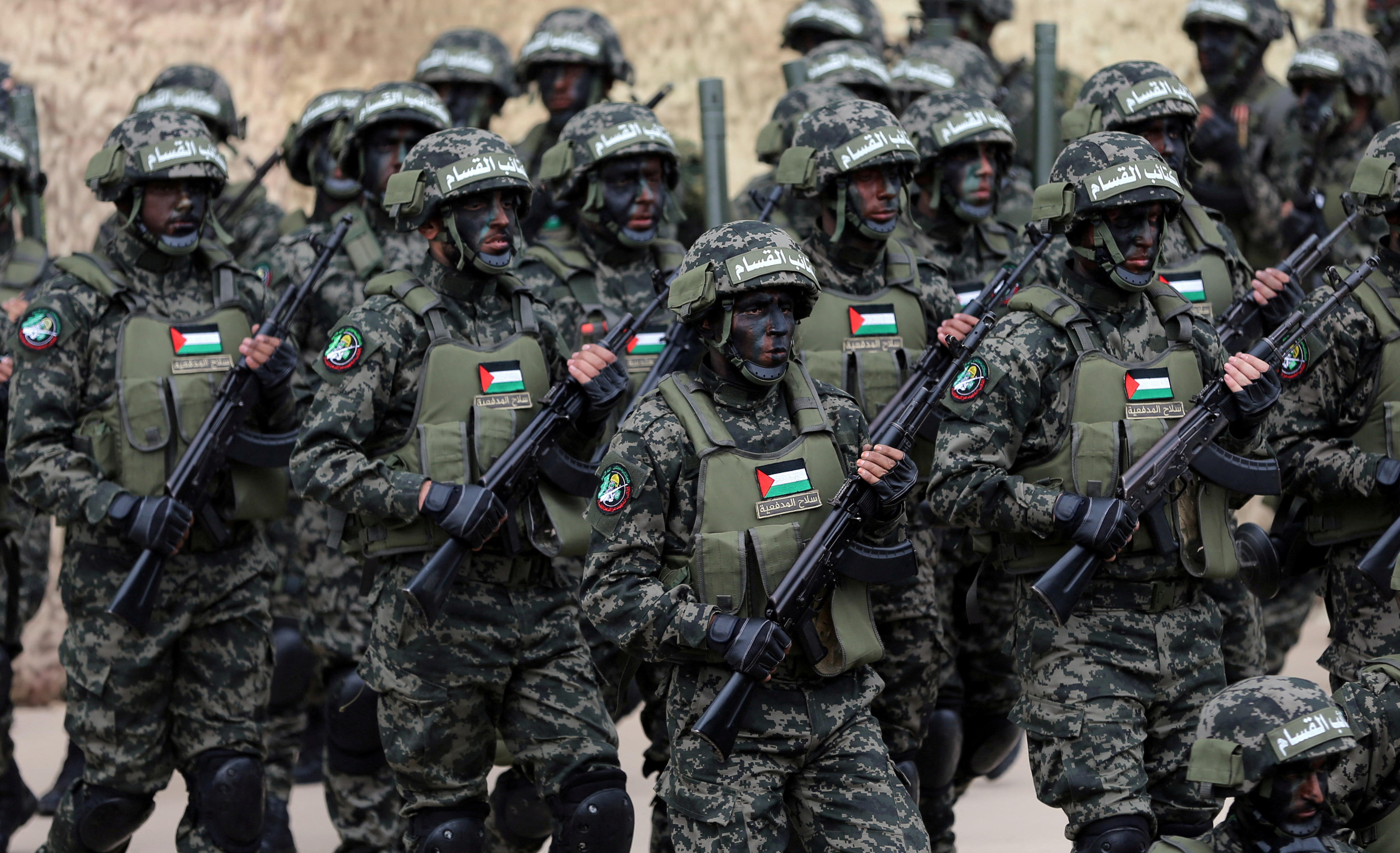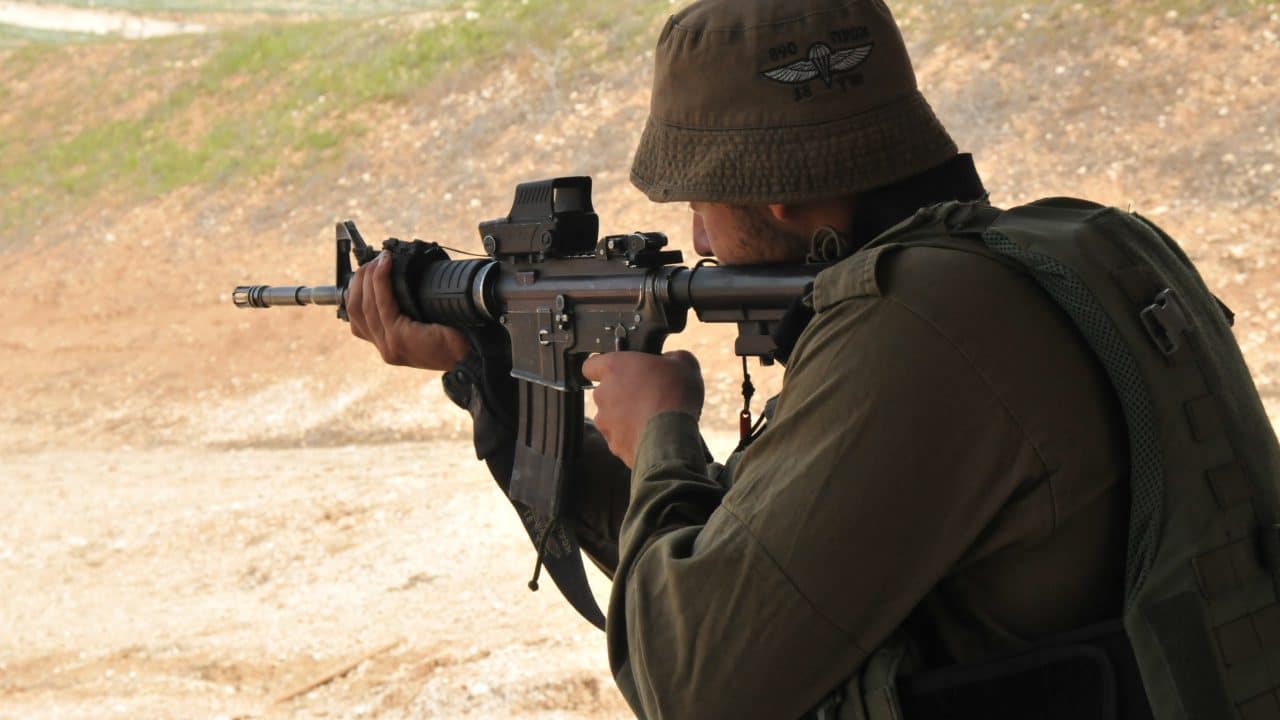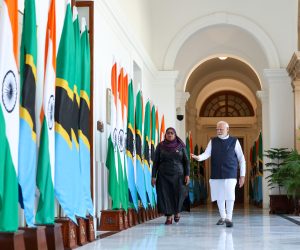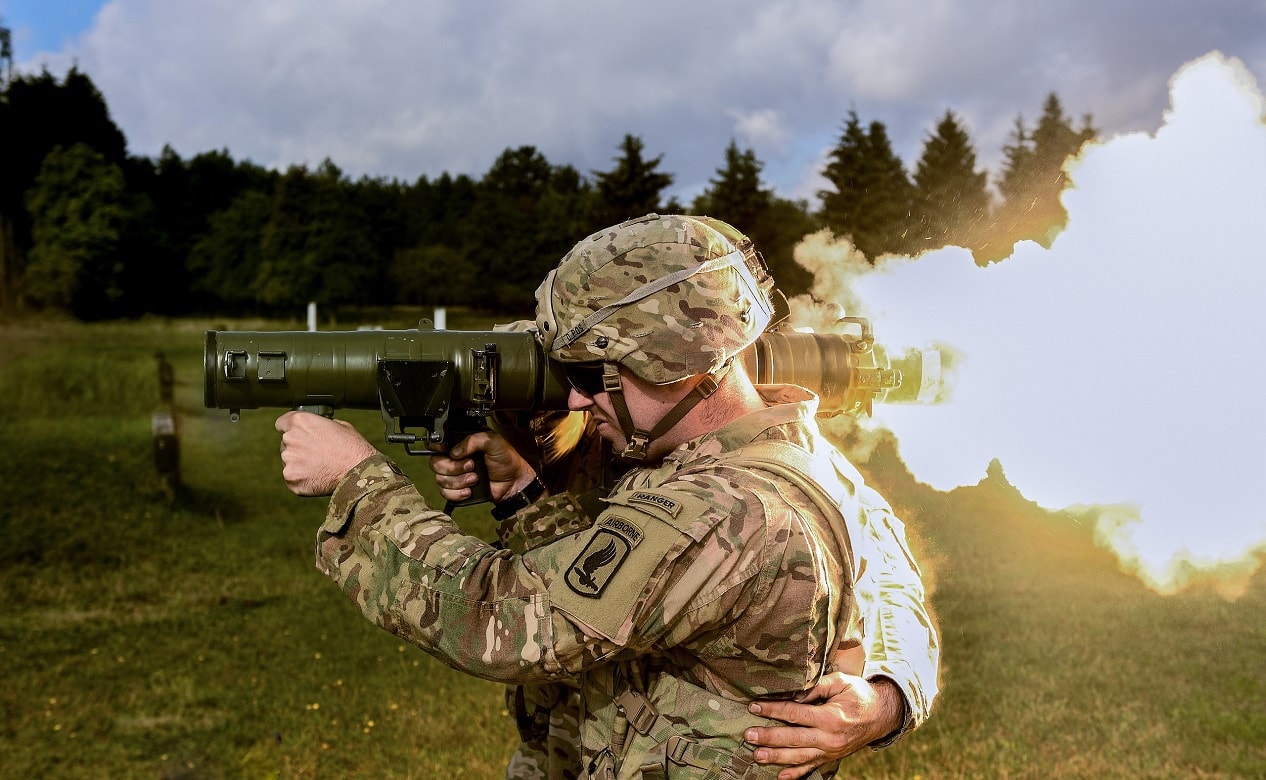Samia Nakhoul

Israeli forces poised to invade Gaza on a mission to wipe out Hamas will confront an ever-more capable opponent trained for years by a clandestine support network that stretches far beyond the tiny enclave to Iran and allied Arab groups.
Hamas' deadly attack on southern Israel six days ago - unprecedented for the group in its planning and scale - was a devastating demonstration of the military expertise it has gained since seizing control of Gaza in 2007.
"Necessity is the mother of invention," said Ali Baraka, a senior Hamas official, adding that the group had long drawn on money and training from Iran and Iranian regional proxies like Lebanon's Hezbollah, while bolstering its own forces in Gaza.
Difficulties in importing weapons meant that over the past nine years "we developed our capabilities and are able to manufacture locally", said Baraka, who is based in Lebanon.
In the 2008 Gaza war, Hamas rockets had a maximum range of 40 km (25 miles), but that had risen to 230 km by the 2021 conflict, he added.
Today the secretive and sprawling organisation is unrecognizable from the small Palestinian group that issued its first leaflet 36 years ago protesting at Israeli occupation, according to Reuters interviews with 11 people familiar with the group's capabilities, including Hamas figures, regional security officials and military experts.
















